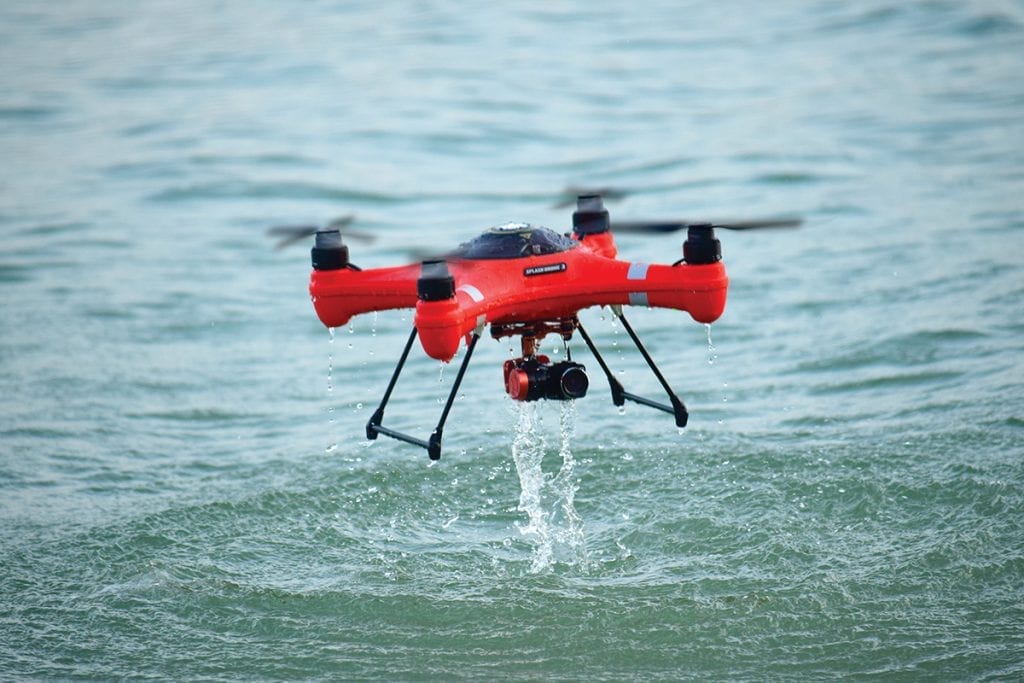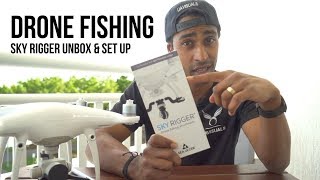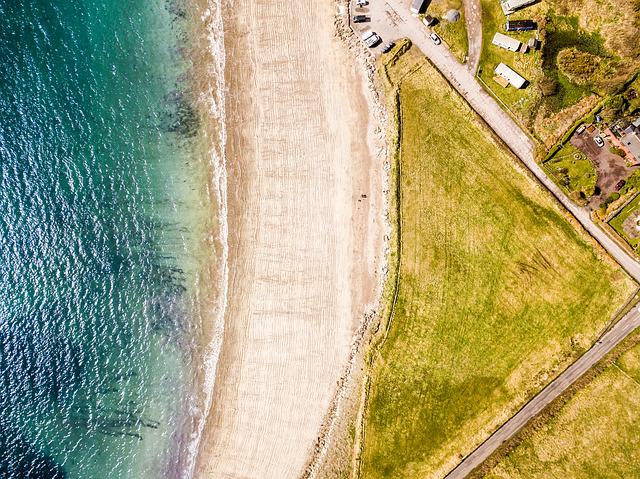
If you're considering using a drone for fishing, you'll likely want to learn more about the regulations. You can also watch some instructional videos on how to fly a drone to catch fish. Read our article about drone ethics if you have any questions. We will be covering some ethical concerns surrounding the use of drones to fish. Check out our guide for drone fishing gear.
Regulations for drone fishing
It is possible to wonder what regulations apply when you are watching a YouTube video of a drone fishing for fish. There are many reasons to comply with local laws. But safety is the most important concern. In order to safeguard both you and your fish's lives, it is crucial to ensure that the right laws are followed. In this article, we'll discuss some of the most important regulations and ensure you're following them. Also, don't forget about the International Game Fish Association Rules.
Drones cannot operate over public places such as sporting events and stadiums. They cannot carry weapons or be within half a mile of a sporting event. Drone operators must also be able to view their aerial equipment at any time. In addition, drones cannot fly over people, stadiums, or critical infrastructure, as well as be a distraction to emergency response vehicles. You can check with your local law enforcement agency to learn more about drone fishing rules.

Many states have passed laws that govern the use of drones. However, others have not yet adopted them. Illinois recently passed SB 2167. The bill prohibits the use of drones in state parks without permission. It also establishes privacy rights, and specifies the rules for recreational and commercial drone operators. It also bans drones interacting with wildlife and hunters. These new laws are expected to be finalized in a few years.
Drone fishing raises ethical questions
Drone fishing is not without controversy. Companies sell underwater drones that can fish for fish. The drones' video content often shows the actual fishing process. This is similar to casting your line to catch a fish. The process of taking a fish from water is different. People who are concerned about the ethics of this type fishing may prefer to find entertainment elsewhere.
While there are obvious advantages to using drones for fishing, some have argued that they may be cheating the fishing population. Fishing has not changed much over the centuries, but using drones to catch fish might change that and decrease the thrill of the chase. Additionally, the use of drones may be problematic for conservation. Here are some of the ethical concerns that you should consider before you decide to use a drone for fishing.

First, drone fishing may not be the best option. Drone fishing could be dangerous to the environment and can overfish endangered species. Although some states allow recreational drone fishing, others do not. Drone fishing has its limitations. They must be very expensive. Low-end drones may not be equipped with the necessary GPS functionality, lifting capability, or control range. In addition, drone fishing can lead loss of fish if lines get tangled. Finally, there are issues with piloting.
FAQ
Can I fly my drone indoors
Yes, your drone can be flown indoors. Your home must be free of hazards and obstacles. For instance, avoid flying near windows and doors, heating vents, heating units, air conditioning units, electrical outlets or water pipes.
Flying with a drone?
Drones are increasingly becoming popular both for personal and commercial use. They can be used for photography, filming and aerial mapping. Recent regulations regarding drones have been approved by FAA. They include new requirements for registration and licensing, pilot training, insurance, and other requirements. These new regulations will ensure drones are safe for all.
Is it safe for a driver to fly a drone?
Drone flying at high speed is dangerous. You could also hit pedestrians and animals. A collision with power lines, trees, buildings, or power lines could cause serious damage to your vehicle.
Statistics
- According to the multiple listing service (MLS), houses and apartments with drone photographs are up to 68 percent more likely to sell than those without pictures. (thedroneu.com)
- Research and Markets predict a growth rate of 51.1% over the next five years. (thedroneu.com)
- According to industry research from ZipRecruiter , there are 10 cities where the typical salary for a Drone Pilot job is above the national average. (dronesgator.com)
External Links
How To
How to Fly Drones With Beginners
A drone refers to a remote-controlled aircraft designed for aerial photography, surveillance and scientific research. Drone technology has existed since World War II. DJI introduced their Phantom series of quadcopters in 2010, but commercial use only began in 2010. From beginner-friendly drones such as Parrot AR Drone 2.0 through professional-grade multirotor craft like DJI Mavic Pro, many types have been available.
There are several ways to fly a drone, including;
-
Remote control – This technique uses a control device attached directly to your hands that allows you steer the drone around its flight path. There are two main types, On/Off switches (like radios) and joysticks.
-
Manual Control- This allows you to control your drone remotely via GPS coordinates. Follow the instructions of the app to track the exact location you want the drone go.
-
Autonomous Flight – This is when the drone handles all the piloting tasks. It is basically flying autonomously and without human intervention. The drone must be equipped with a camera and sensors that can capture images and data in order to fly autonomously.
-
Triggered Flight – This method is very similar to manual flight. The pilot creates a route that the drone will follow until it reaches the destination. After the program is complete, the drone automatically returns to the ground.
-
Landing Gear- Some drones include landing gear that allows for safe landing if the power goes out or they run out of batteries.
-
Goggles – Pilots often wear goggles while flying to keep themselves safe from any debris.
-
Camera - Some drones can be equipped with cameras which enable you to capture photos from the sky.
-
Obstacles – Some drones have obstacle avoidance systems that stop them from colliding with obstacles.
-
Speed - Some drones reach speeds exceeding 40 mph.
-
Battery Life - Most drones are capable of lasting between 20 minutes and three hours, depending on the power that you use.
-
Distance - Some drones can travel up 30 miles depending on the model.
-
Power source - Some drones need an external power source, while others use internal batteries.
-
Weight – Some drones are less than one pound, while other models can be up to four pounds.
-
Size - The size of drones varies from small, easily carried devices to more substantial crafts that weigh in excess of 50 pounds.
-
Price – All drones fall into a price category. These range from expensive models that cost thousands to affordable options that start at 100 dollars.